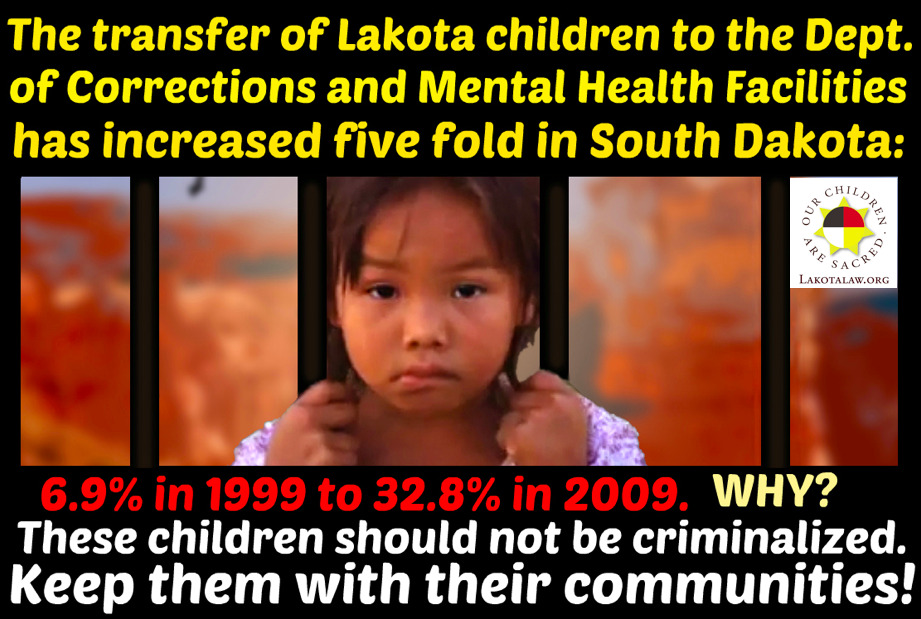Americans will soon be barred from boarding airplanes unless they surrender to federal 'Real ID' card
(NaturalNews) Residents of nine states who attempt to use their driver's
license to enter some government agency offices will be denied, because
their legislatures have not agreed to accept a federal law called REAL
ID. In fact, according to
The Boston Globe, if those states do
not accept the law, residents will also eventually lose their ability to
use driver's licenses to board commercial flights.
The paper
reported that the federal REAL ID essentially forces compliance by
states to ensure citizenship verification and to update their security
standards when they issue driver's licenses. Lawmakers in D.C. initially
believed that the law would deter terrorists who make it into the
country illegally from being able to board flights.
However,
officials in the nine states have chosen to forego the program because
of a number of factors: It costs millions, there are privacy concerns,
and the law violates the 10th Amendment by impinging on states' rights.
The
Globe said
states that did not accept the REAL ID are not penalized -- directly --
but their citizens suffer. Some of the law's restrictions began in late
July.
'Papers please?'"It was bizarre, and then I
really felt embarrassed," Susan Podziba, who was prevented from
entering a federal building near Washington, D.C., told the
Globe. "It was like wow, I am a US citizen and suddenly my Massachusetts ID isn't good enough?"
Her
state is one of the nine that has not accepted the REAL ID; because of
that, she was forced to conduct a high-level meeting in a cafeteria
outside the security gate.
The
Globe further reported:
Governor
Deval Patrick's office referred questions to the Massachusetts
Department of Transportation. Cyndi Roy Gonzalez, an agency spokeswoman,
said the state has applied for an extension to give it enough time to
meet the law's requirements."DHS is asking the
states
to do something radically different with their licensing systems," she
told the paper, without elaborating on the delay. "We want to make sure
we do it right and do it well."
In order for Massachusetts to
comply with REAL ID, the state has to meet a series of benchmarks when
issuing driver's licenses -- checking a person's legal status, securing
images and doing background checks on employees who have access to
sensitive materials. The law ostensibly aims to boost security and
prevent fraud.
Passed in 2005, the Department of Homeland
Security put off its implementation for a number of years but began
gradually implementing it in April of this year. Phase two began in
July.
The
Globe said that 20 states had received
extensions; 21 are considered to be in compliance. Three others have not
made the required changes but will issue special licenses that citizens
can use.
That leaves six states: Massachusetts, Maine, Oklahoma, Arizona, Alaska and Louisiana.
Since July, when the second phase took effect, it has been unclear how many Americans it affects or how many
federal
facilities are strictly enforcing it. The REAL ID law has varied
effects; for instance, tourists can still gain access to Smithsonian
museums and defendants can get into courtrooms for appearances.
But
Americans who live in states that do not participate in REAL ID and who
don't have other acceptable identification will not be able to visit
the White House by next year; they won't be able to board commercial
planes by 2016.
Here's your 'national ID' card"It's
an entirely foreseeable result of Massachusetts' failure to comply with
a federal law," Republican Sen. Bruce Tarr, Massachusett's Senate
minority leader, told the
Globe, adding that he has inquired of the Patrick Administration about compliance but has gotten "very little response" thus far.
"The
only thing you could speculate is that somehow compliance with REAL ID
would thwart the administration's attempt to give driver's licenses to
those who aren't here legally," he said.
But what the law
represents is yet another method by which the federal government
blackmails states into complying with its edicts. While there is no
penalty for non-compliance, per se, obviously the law punishes citizens nonetheless.
It's just another way that the federal leviathan seeks to control rather than serve.
"For
any American citizen, they should find this whole program completely
laughable and ridiculous," Maine Secretary of State Matthew Dunlap told
the
Globe.
Critics call REAL ID the "national ID" that
privacy advocates have long feared. And for anyone keeping score about
which of the political parties have most usurped constitutional rights
in recent years, REAL ID was passed during the Bush Administration, when
Republicans controlled both chambers of Congress and the White House.
Sources:http://www.bostonglobe.comhttp://www.wcsh6.comhttp://www.dmv.org
I'll be posting more on this topic soon - as it concerns adoptees who have fake birth certificates... Leland Morrill has been working on this nightmare issue for adoptees a long time... Lara/Trace
























